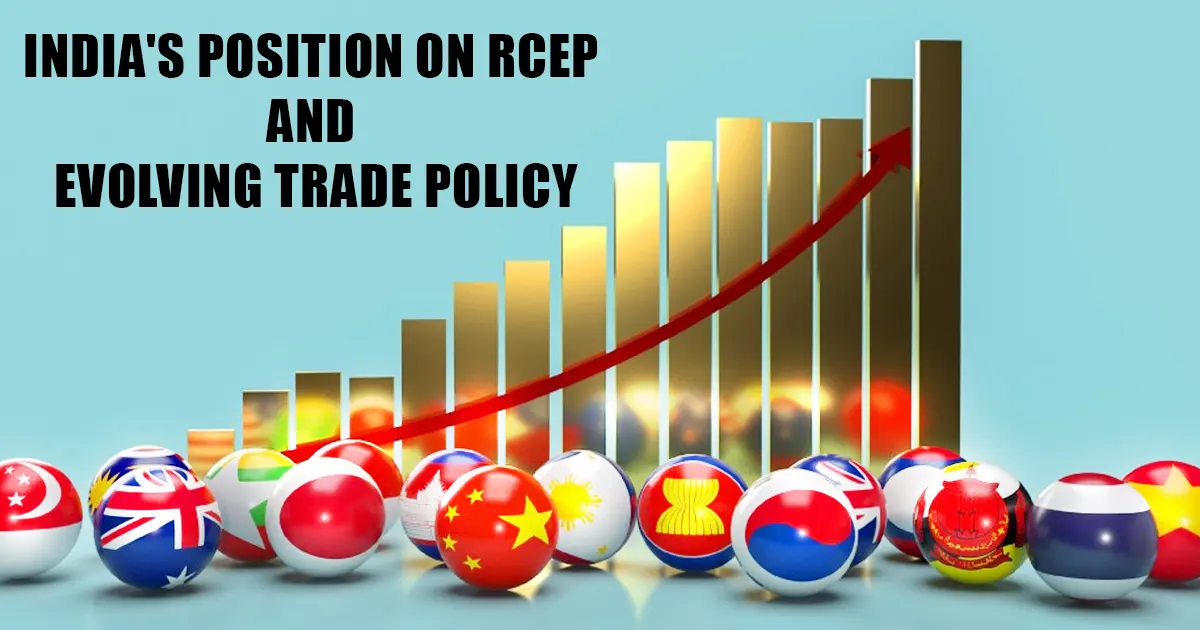
Context:
The CEO of Niti Aayog recently suggested that India should reconsider its decision not to join the Regional Comprehensive Economic Partnership (RCEP), especially in light of changing global trade dynamics and new opportunities.
Background:
- In 2019, India decided not to join the RCEP, a trade agreement covering 30% of the world’s GDP and nearly 25% of global exports.
- India was concerned that joining RCEP could hurt local industries due to tariff reductions and increased imports, especially from China.
Key Reasons India Stayed Out of RCEP:
- Protectionism Concerns: India focused on protecting its local industries from foreign competition through tariffs and other barriers.
- Impact on Local Manufacturers: There were fears that RCEP would bring in too many imports, weakening India’s self-reliance.
- Trade Deficits: India already had a trade deficit with ASEAN countries and other potential RCEP members, which made joining the agreement seem risky.
Benefits of Joining RCEP and CPTPP:
- Access to Larger Markets: Joining would give India access to big markets in the Asia-Pacific, helping small and medium-sized businesses (MSMEs) grow by reducing trade barriers and improving supply chains.
- China Plus One Strategy: India could become an alternative to China for manufacturing, attracting foreign investment due to its skilled workforce.
- Improved Trade Competitiveness and More FDI: Lower tariffs would make Indian products more competitive in foreign markets and attract more foreign investments, especially in infrastructure and technology.
- Stronger Trade Negotiations: India would have better negotiating power to secure favorable trade terms and protect local industries while increasing exports.
- Boost to Innovation: RCEP could help India access new technologies and intellectual property (IP) from countries like Japan and South Korea, fostering innovation.
- Missed Opportunities in the “China Plus One” Shift: India has missed out on opportunities to attract foreign investment compared to countries like Vietnam and Malaysia, who have benefited from the “China Plus One” strategy.
- Geopolitical and Economic Realities: Joining RCEP could help India respond to global trade disruptions and protectionism, making India’s trade more resilient through diversified supply chains.
Question
[box type=”shadow” align=”aligncenter” class=”” width=””]Discuss the reasons behind India’s decision to stay out of the Regional Comprehensive Economic Partnership (RCEP) and analyze the potential benefits and challenges of reconsidering this stance in light of evolving global trade dynamics and the “China Plus One” strategy.[/box]




